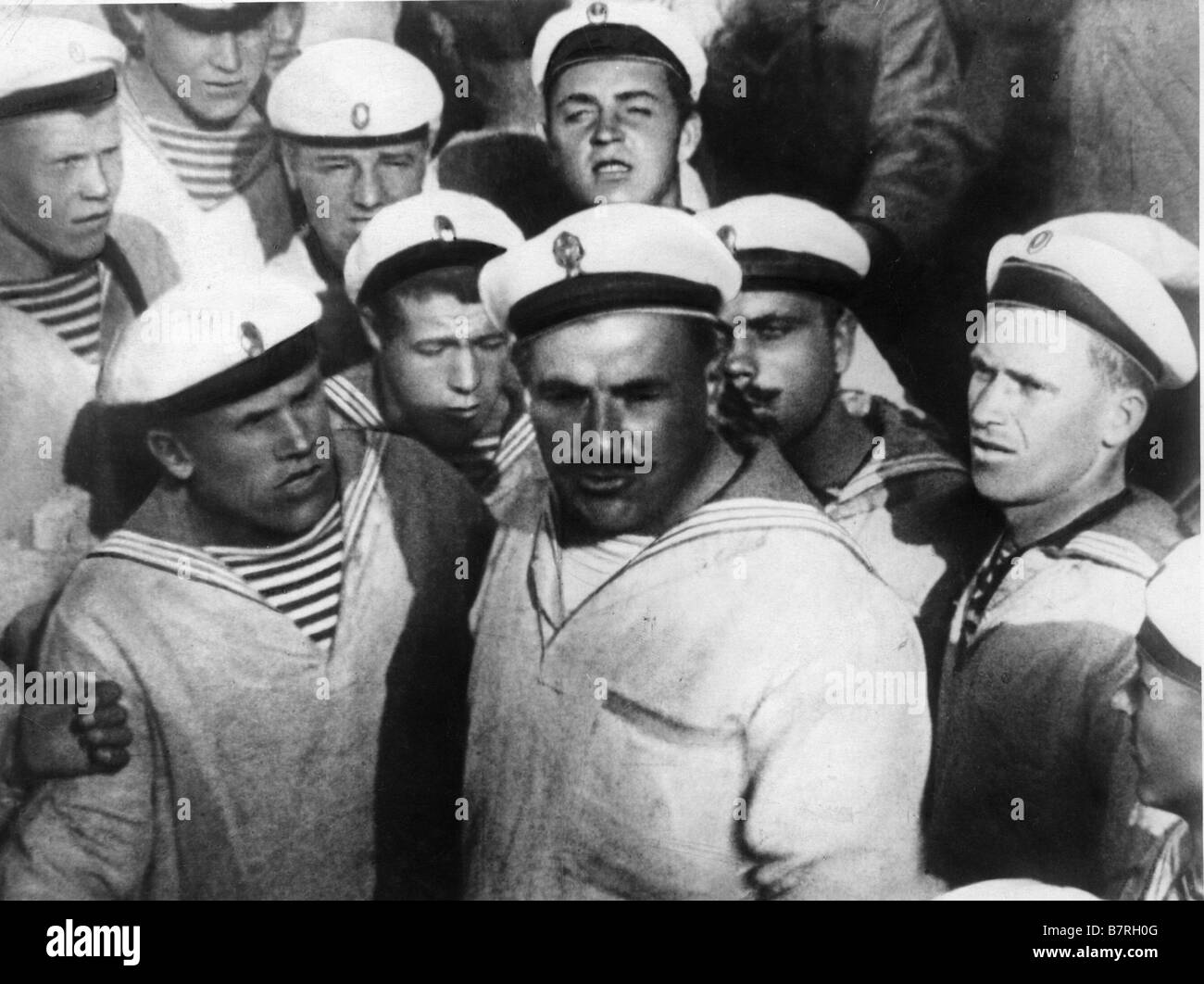

The Bolsheviks considered cinema as a great way to promote the revolution. Nevertheless, cinema actually evolved through certain state initiatives. Besides, the civil war had created a sense of chaos in general. Actually, many movies have referenced the sculpture.ĭuring the first years of the revolution, the situation of the cinematic industry in Russia was terrible due to the absence of technical infrastructure. It inspired many artistic forms and societies, such as cinema. Tatlin’s Tower became an icon of Constructivism. Vladimir Tatlin and an assistant in front of the model for the Third International, in November 1920, St. In 1919, he developed the design for the Monument to the Third International, commonly known as Tatlin’s Tower. By 1917, he had started conceiving the idea of a monument for the current turbulent social changes. However, his were completely abstract and made of industrial materials. Actually, Tatlin saw Picasso‘s Cubist construction ( Construction 1914) and it inspired him to create his own. Also, Constructivism is often associated with the work of Wassily Kandinsky and Naum Gabo.Ĭubism, Futurism, and Suprematism had a great influence on Constructivism. So the artists used modest, industrial materials to create geometric forms. In the service of the Bolsheviks, they wanted to create a brave new world based on Socialism and industrial society. Hence they disapproved of any kind of stylization. Basically, constructivists believed that art should reflect the modern industrial world. It appeared in 1915 and lasted up to around the mid-1920s. So, Constructivism and Soviet cinema went hand in hand and produced very interesting films.įirst of all, Constructivism is a very austere and abstract movement that didn’t last for very long. The Bolsheviks were very interested in the latter as a way to promote the goals of the revolution. As a movement with great influence on others ( Bauhaus, De Stijl), it also reached other forms too, such as architecture, sculpture, fashion, cinema, etc. Constructivists considered art as a means for propaganda and were associated with socialism, the Bolsheviks, and the Russian Avant-Garde. It promoted using industrial assemblage materials, as there was no place for decoration and stylization. Constructivism originated in Russia in 1915 and its creators were Vladimir Tatlin and Alexander Rodchenko.


 0 kommentar(er)
0 kommentar(er)
